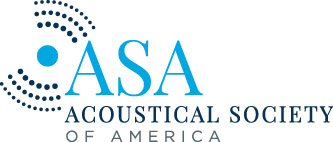Short Booms Still Annoying: Scientists Study How Mid-level Noise Bursts Lasting Less than a Second Affect the Concentration of Arithmetic-Solving Test Subjects
Acoustical Society of America (ASA)Noise can be distracting, especially to a person trying to concentrate on a difficult task. Studying annoying noises helps architects design better building environments and policy makers choose effective noise regulations. To better understand how short noise bursts affect humans’ mental state, researchers from the University of Nebraska – Lincoln played quarter-second-long white noise clips to test subjects as they worked on arithmetic problems.
